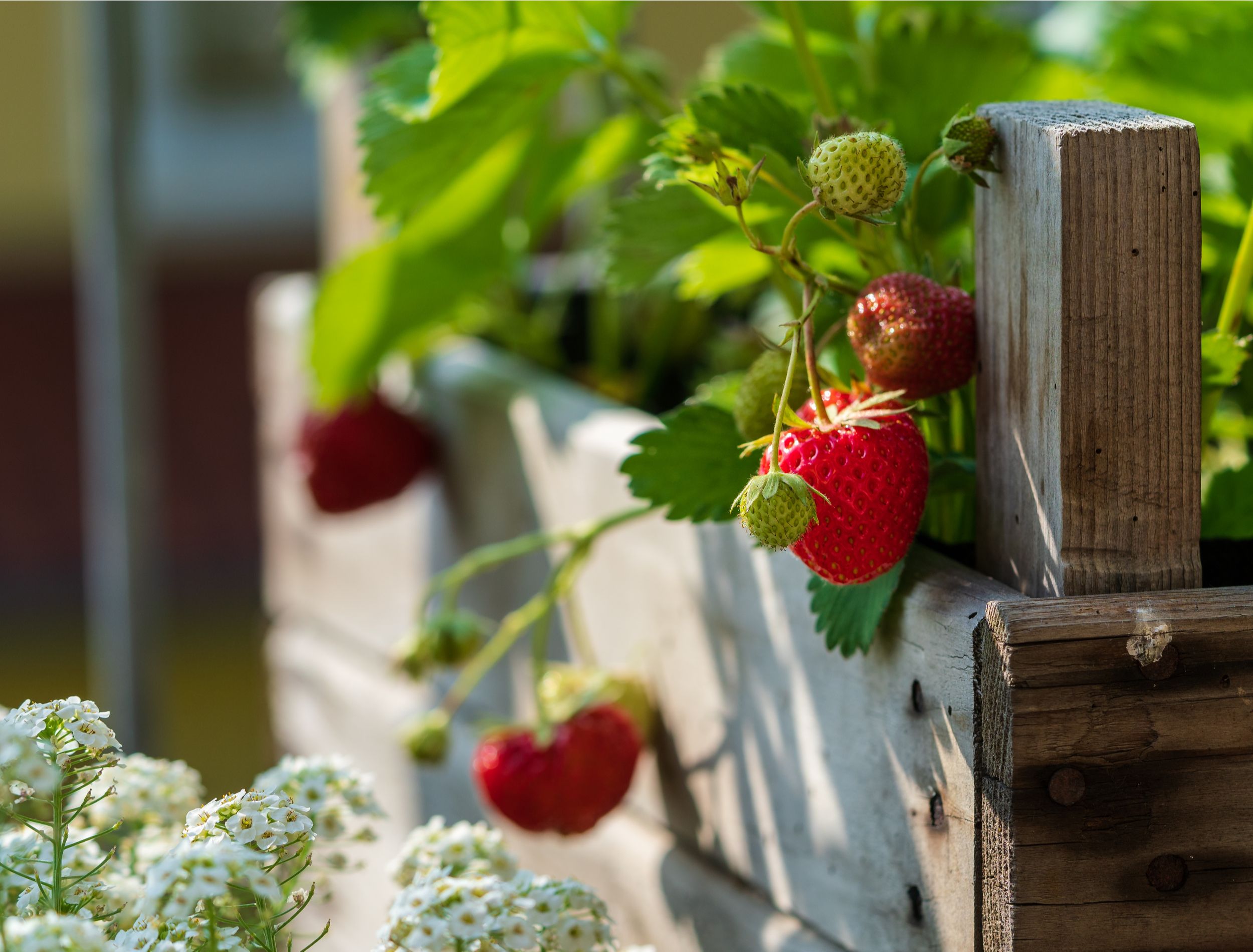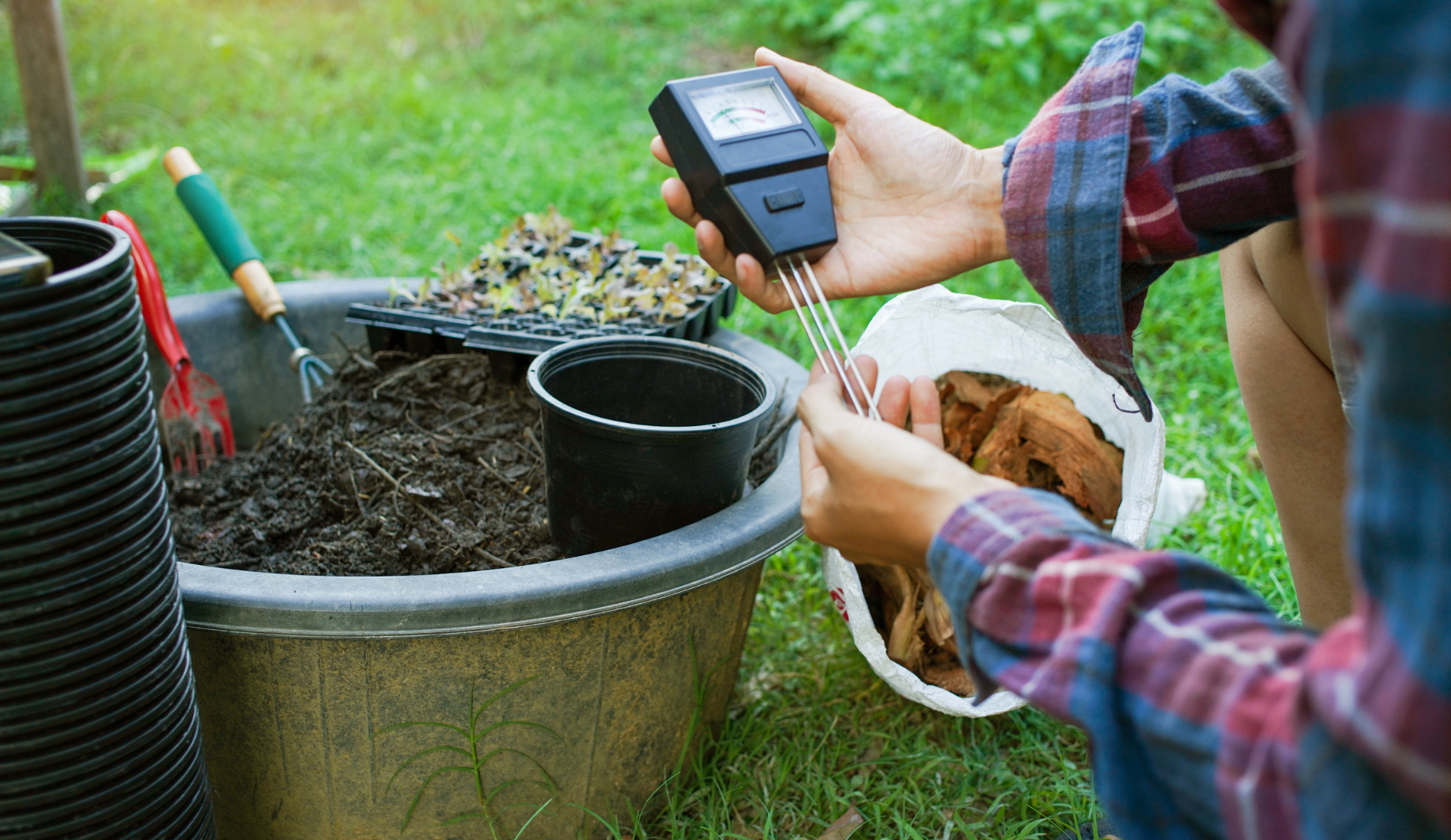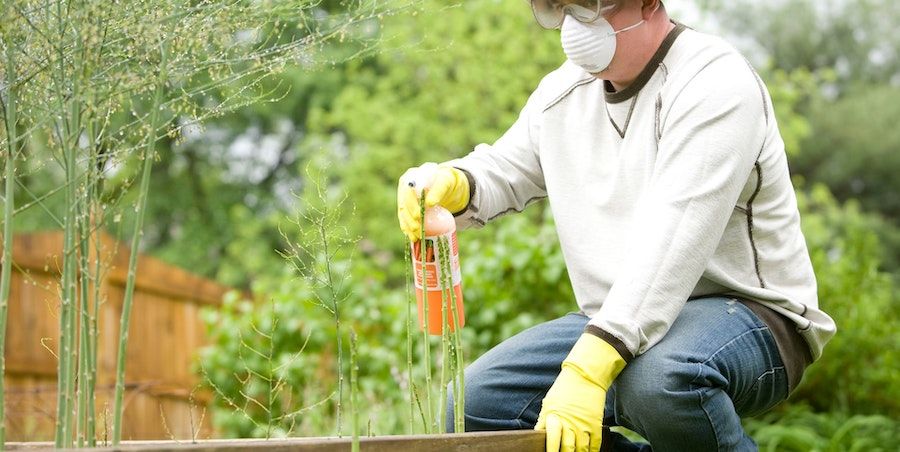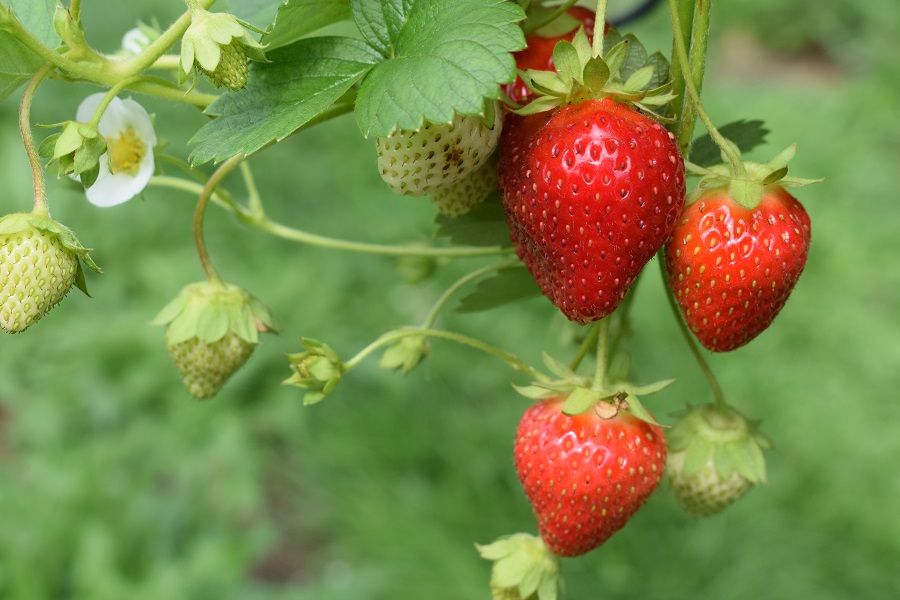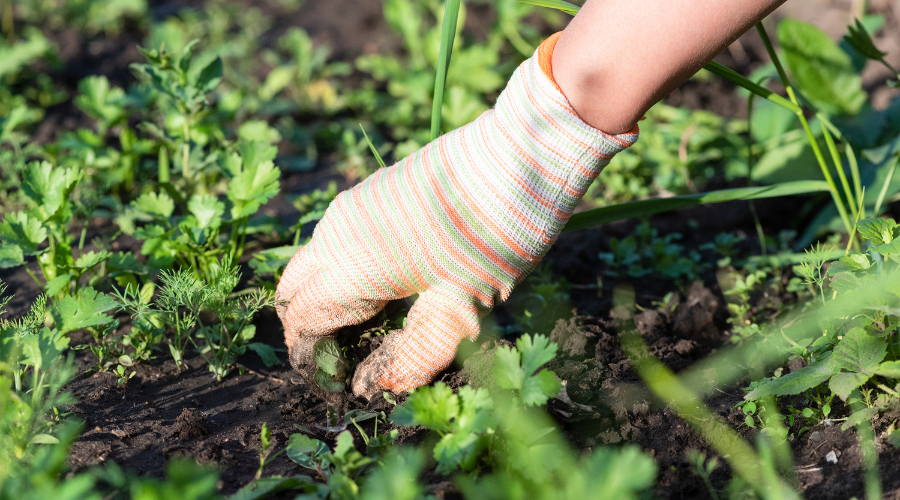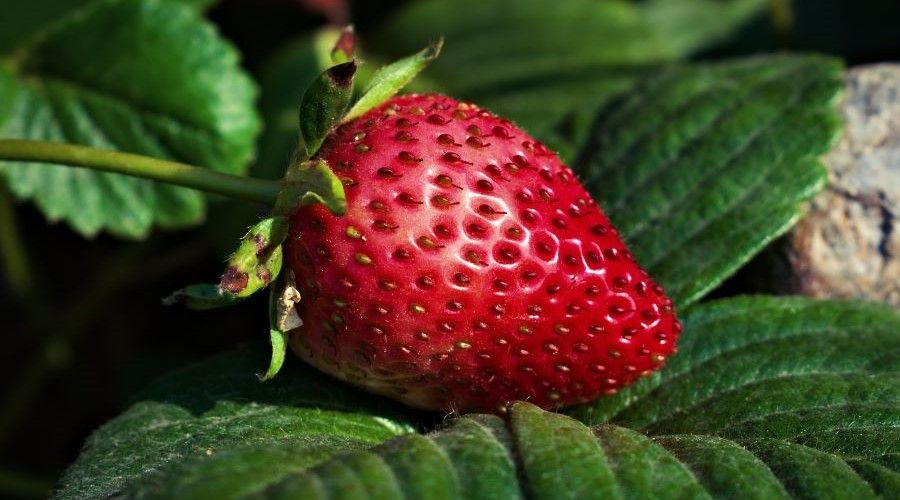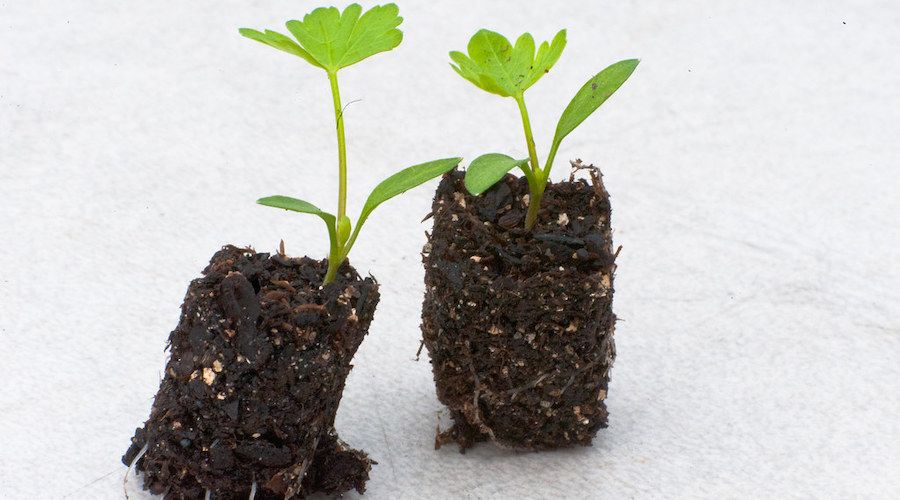Who doesn't love strawberries? They're sweet, juicy, and perfect for a summer snack. But did you know that strawberries are also packed with nutrients like vitamin C, manganese, and fiber?
Not only are they delicious and nutritious, but they are also versatile. You can add strawberries to smoothies, yogurt, or oatmeal. You can bake them into pies and cakes, and if you're feeling fancy, you can even make your strawberry champagne!
But, if you're like most strawberry growers, you've possibly remarked that your strawberry plants have started to generate less fruit over the years. This is due to various factors, such as soil depletion, pests, and disease.
Thankfully, you can take a few simple steps to renew your strawberry beds and get them back in top condition!
Test Your Soil's pH Levels
Image credit: Dekdoyjaidee via Canva
The first step in renewing your strawberry beds is to test the pH levels of your soil. Strawberries prefer slightly acidic soils with a pH level between 5.4 and 6.5. If your soil is too alkaline, it can lead to nutrient deficiencies and poor fruit production. You can buy a simple soil test kit at your local nursery or garden center.
Add Organic Matter
Image credits: JuFagundes via Canva
Once you know the pH levels of your soil, you can begin to add organic matter to it. You can do it by amending it with compost, manure, or even leaves. Adding organic matter will help improve drainage and aeration while also increasing the strawberry plants' ability to absorb nutrients from the soil.
Amend With Sulfur
Image credits: CDC via Unsplash
If your soil is too alkaline, you may need to amend it with sulfur. Add elemental sulfur to the soil or use a sulfate-based fertilizer. Be sure to stick to the directions on the packaging, as too much sulfur can be just as damaging as too little!
Reseed Your Strawberry Beds
Image credits: amenic181 via Canva
If you're noticing large gaps in your strawberry plants, it's time to seed your strawberry beds again. You can do this by sowing strawberry seeds directly into the soil or transplanting young strawberry plants from another bed. Either way, water the newly seeded area regularly until you establish the plants.
Remove Old Strawberry Plants
Image credits: Oliver Hale via Unsplash
After a few years, strawberry plants will produce fewer and smaller fruits. When this happens, it's time to remove the old strawberry plants and replace them with new ones. It will help ensure that your strawberry bed remains productive for years to come!
Control Weeds and Pests
Image credit: HappyNati via Canva
Weeds and pests can quickly take over a strawberry bed if left unchecked. Be sure to pull up any weeds that appear and to keep an eye out for common strawberry pests such as aphids, slugs, and spider mites. If you notice any pests, treat them immediately with an appropriate pesticide.
Prune Your Strawberry Plants
Image credits: Geoluro11 via Pixabay
Pruning strawberry plants is an important annual task to keep your strawberry beds productive. Strawberry plants produce fruit on last year's growth, so remove the old leaves and stems to make room for new growth. It also helps to prevent diseases from taking hold in the strawberry bed. Strawberry plants are best pruned in late winter or early spring, just before new growth begins.
To prune strawberry plants, cut off any dead or diseased leaves and stems. Then, cut back the remaining leaves and stems by about one-third. Be sure to leave some green leaves on the plant so that it can continue to produce food for the berries.
Replant Your Strawberries
Image Credit: photofarmer via Creative Commons
Strawberry beds are a great way to enjoy fresh strawberries. But after a few years, the plants can become overcrowded and produce fewer berries. To keep your strawberry beds productive, you need to dig up the plants and replant them in new holes every few years.
Here's how to do it:
- Wait until the end of the strawberry season, after the plants have finished producing berries.
- Carefully dig up each plant, taking care not to damage the roots.
- Select a new location for the plant and dig a hole twice as wide and deep as the root ball.
- Place the plant in the hole and backfill with soil. Firm the soil around the plant to secure it in place.
- Water the plant well, and mulch around the base to help retain moisture.
Fertilize Your Strawberry Beds
Image credits: pixelshot via Canva
When it comes to strawberry beds, one of the most important things you can do is fertilize them regularly. It will help to ensure that your plants are healthy and productive. There are a few different ways that you can go about fertilizing strawberry beds.
One option is to use a commercial fertilizer designed for strawberry plants. Another choice is to make your fertilizer using compost or other organic materials. Whichever method you choose, be sure to follow the directions carefully so that you do not over-fertilize the plants.
In Summary
Renewing your strawberry beds is a simple process that just requires some time and effort. By following these simple steps, you can ensure that your strawberry beds are in top condition and will produce bountiful berries for years to come!
Do you have any tips or tricks that have worked well for you? Let us know in the comments below – we’d love to hear from you!

